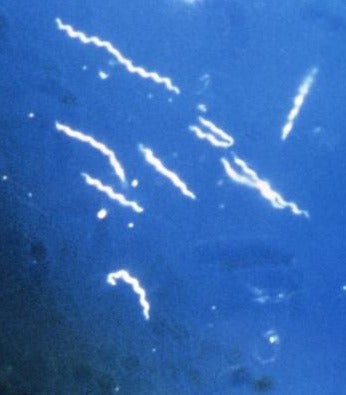
The companies plan multi-site clinical validations during the 2020 Lyme disease season, with regulatory submissions expected at the end of the same year in the United States and Europe. The QuantiFERON technology comes in two components: the QuantiFERON sample collection component with the proprietary assay stimulus/initiation and QuantiFERON read-out component to measure the signal created by the stimulus. The QuantiFERON read-out component of the assay will be run on DiaSorin’s widely used LIAISON family of fully automated analyzers and both components will be designed for use on these platforms.
Lyme disease, also called borreliosis, is an infection caused by the Borrelia burgdorferi bacterium, which is transmitted to humans through the bite of blacklegged ticks. Typical symptoms include fever, headache, fatigue and a skin rash called erythema migrans. Left untreated, the Lyme infection can spread to joints, the heart and the nervous system. Lyme disease is most often contracted during the warmer months of the year.
Approximately 30,000 confirmed cases of Lyme disease per year are reported to the U.S. Centers for Disease Control (CDC), but the CDC notes that recent estimates suggest about 300,000 individuals may get Lyme disease annually in the U.S. Meanwhile, the latest available ECDC data in Europe showed approximately 35,000 confirmed cases in 2010, but is considered to be significantly underestimated by many experts amid expectations for a significant 100% increase in the spread of this disease in Europe during the last decade.
The current diagnostic algorithm for Lyme diagnosis foresees the use of IgG and IgM detection, produced via B cell immune response, in association with Western Blot as a confirmative tool.
However, there is often a risk for a false negative result due to the fact that patients often visit their doctor very early during the onset of the disease given the appearance of visible signs of the tick bite or the presence of the tick itself, but before the B cell response has not been activated. T cell response, as measured through the QuantiFERON technology, precedes B cell response and has the potential to provide significantly better sensitivity and earlier detection of the infection.
Source: Company Press Release



